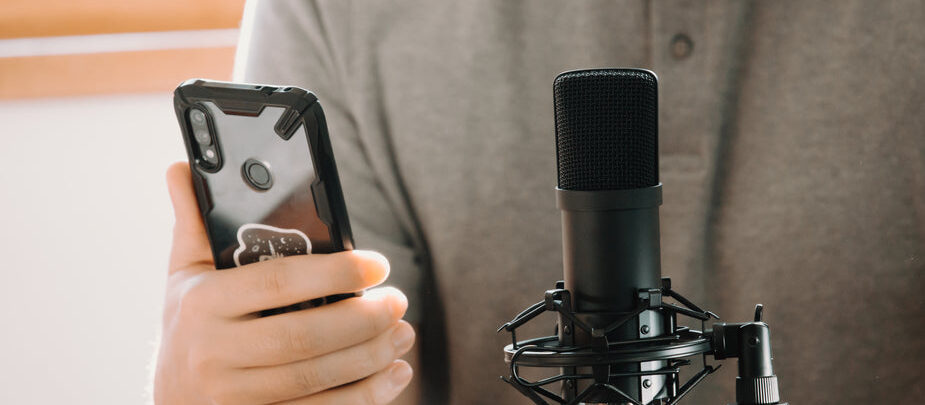What is an example of a voice-over?
Voice-over: An introduction
Voice-over is a production technique where a voice is used to narrate a story or provide additional information in a video or audio presentation. The voice is typically not seen on screen, and it can be used in a variety of different ways.
The history of voice-over
Voice-over has been used in radio and television broadcasting since the early days of these media. In the early days of radio, voice-over was used to provide narration and commentary for live broadcasts of sporting events and other events. As radio programming became more sophisticated, voice-over was used to create a variety of different types of programs, including dramas, comedies, and documentaries.
Voice-over was also used in early television broadcasts. In the early days of television, live programming was the norm, and voice-over was used to provide narration and commentary for live broadcasts of sporting events and other events. As television programming became more sophisticated, voice-over was used to create a variety of different types of programs, including dramas, comedies, documentaries, and animated cartoons.
The different types of voice-over
There are many different types of voice-over, including:
- Narration: This is the most common type of voice-over, and it is used to tell the story of a video or audio presentation. Narration can be used to provide background information, introduce characters, and describe events.
- Dialogue: This type of voice-over is used to record the dialogue of characters in a video or audio presentation. Dialogue can be used to create a sense of realism and to help the audience connect with the characters.
- Character voices: This type of voice-over is used to create the voices of characters in a video or audio presentation. Character voices can be used to add personality to the characters and to make them more memorable.
- Audio description: This type of voice-over is used to provide audio descriptions of visual content for people who are blind or visually impaired. Audio description can be used to describe the setting, the characters, and the action of a video or audio presentation.
- Translation: This type of voice-over is used to translate a video or audio presentation into another language. Translation can be used to make a presentation accessible to people who do not speak the original language.
How voice-over works
Voice-over is typically recorded in a studio, and the voice actor will read from a script. The script will usually include the dialogue, narration, and any other instructions that the voice actor needs to follow.
Once the voice-over is recorded, it is then edited and added to the video or audio presentation. The voice-over will be synchronized with the video or audio, and it will be adjusted to match the tone and style of the presentation.
The benefits of using voice-over
There are many benefits to using voice-over in a video or audio presentation. Voice-over can be used to:
- Improve the quality of the presentation: Voice-over can add clarity, interest, and excitement to a video or audio presentation.
- Reach a wider audience: Voice-over can be used to translate a presentation into multiple languages, making it accessible to people from all over the world.
- Save time and money: Voice-over can be used to create a professional-quality presentation without the need to hire a large team of actors or crew.
Conclusion
Voice-over is a powerful tool that can be used to improve the quality and reach of a video or audio presentation. By following the tips above, you can use voice-over to create a presentation that is informative, engaging, and memorable.
Additional tips for using voice-over
- Use a professional voice-over artist: A professional voice-over artist will have the skills and experience to deliver a high-quality voice-over.
- Use a good script: The script is the foundation of a good voice-over, so make sure it is well-written and engaging.
- Edit the voice-over carefully: The voice-over should be edited to match the tone and style of the presentation.
Here are some additional examples of how voice-over is used in different media:
- In video games: Voice-over is often used in video games to provide narration, character dialogue, and instructions. For example, the video game "The Elder Scrolls V: Skyrim" uses voice-over to provide narration, character dialogue, and instructions.
- In podcasts: Voice-over is also commonly used in podcasts, both to narrate the podcast and to provide interviews with guests. For example, the podcast "Serial" uses voice-over to narrate the story of a murder investigation.



